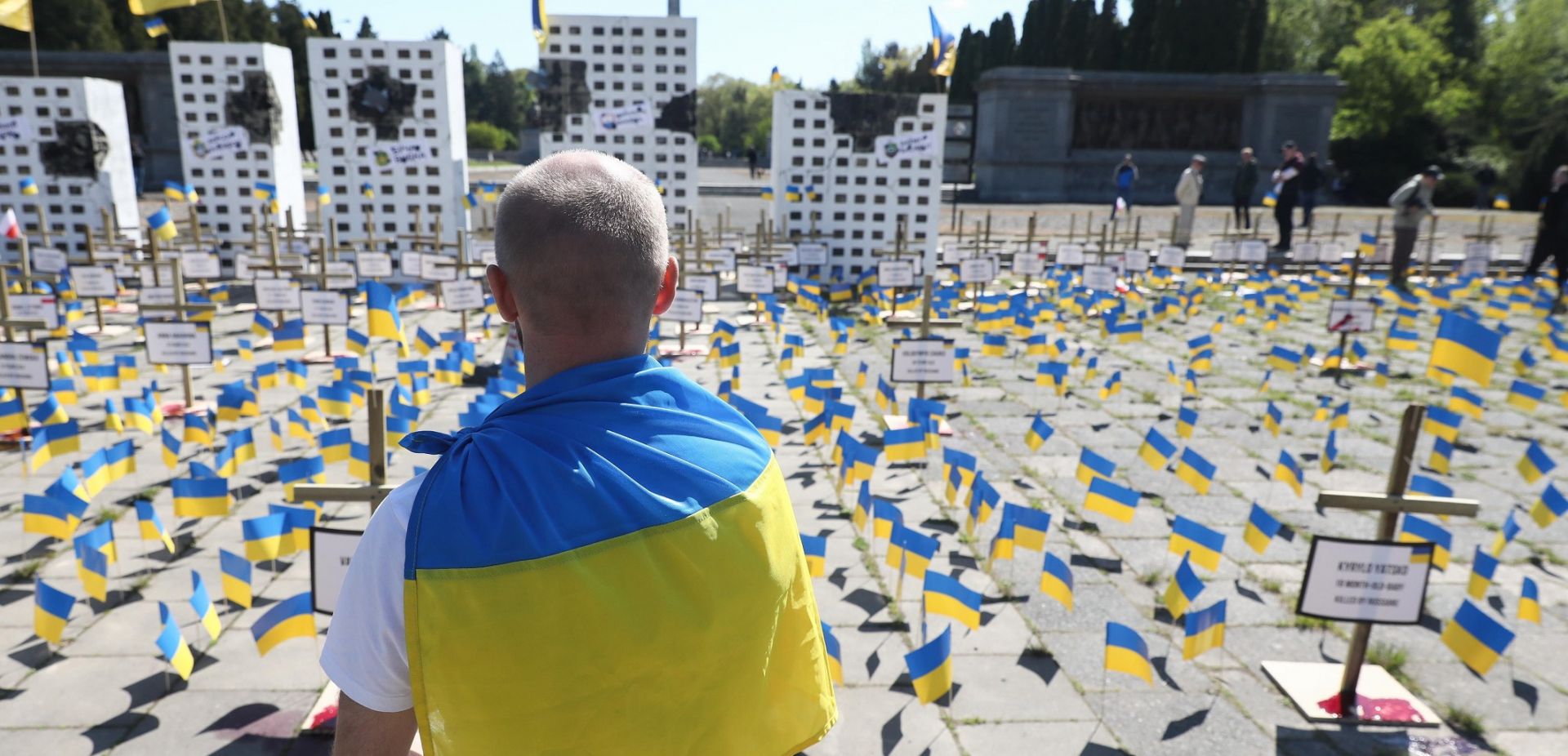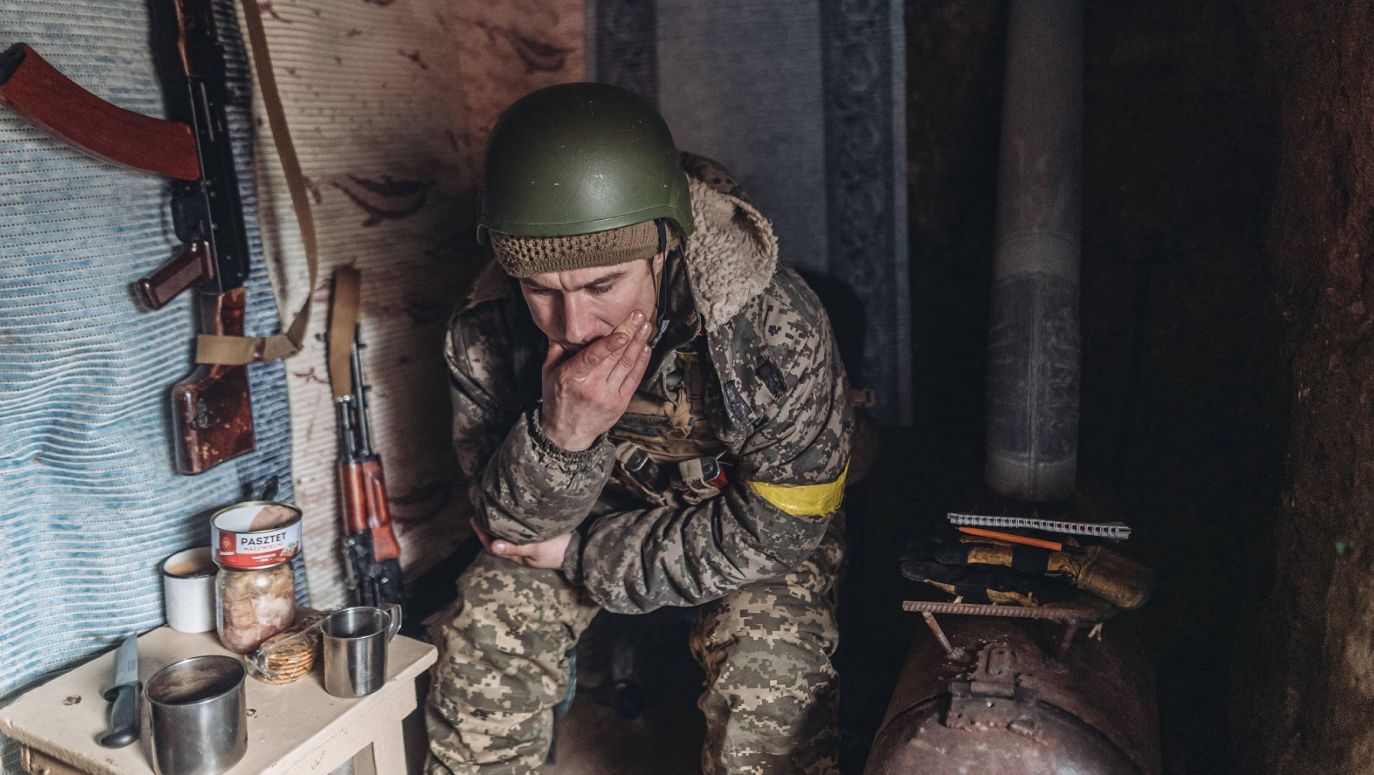There is one more issue worth mentioning related to World War II. In 1939, a good Polish 7TP tank cost about 231,000 zlotys. Thanks to the Small Statistical Yearbook of 1939, we know that the average monthly earnings of a white-collar worker covered by the National Insurance System in 1935 was 280.50 zlotys (for a man). This means that one tank was worth around 800 such monthly salaries. A state-of-the-art American Abrams tank costs about 36 million zlotys. If the average gross salary in the business sector is 7,500 zlotys, then one tank is worth nearly 5,000,000 (five million) such salaries! Modern armaments have become incredibly expensive, so there is no chance that they will be used in huge numbers.
During the gigantic battle of Kursk, the Wehrmacht and the Red Army initially had a total of about 8,000 tanks and assault guns there. During WWII, it was the divisions that mattered; the German infantry division in 1939 had 17 thousand people, a Soviet armoured division in 1940 – over 300 tanks. Today, battalion tactical groups and brigade groups take part in the fighting: they are definitely less numerous (the former – up to a thousand people, the latter – about 3,000). It must be admitted that these seemingly weaker units would probably cope with any WWII infantry division, and modern tanks would destroy both Soviet T-34 or IS-2, as well as German Panthers and Tigers or American Shermans.
Lessons from the past
The Cicero’s maxim
historia vitae magistra, with which successive generations of Poles are tortured already in primary school, however beautiful, requires an important complement. Yes, history is a teacher of life, but the pieces of advice it gives are truly Pythian (even if I doesn’t seem so at first) and can lead astray. The most important lessons from the 20th century history, however, are obvious: not to get involved in a war of attrition and to work effectively to gain support and international aid. Ukraine has learned both of these lessons, while Russia has definitely not.
How wrong was the illustrious American political scientist Samuel Huntington in his description of Ukraine! He made a mistake – let’s add – a lucky one for us, Poles. In his canonical work “Clash of Civilizations” published at the end of the previous century, he prophesied the following:
“Many people [in the West – DSK] thought armed conflict was likely[…] If civilization is what counts, however, violence between Ukrainians and Russians in unlikely. These are two Slavic, primarily Orthodox peoples who have had close relationships for centuries and between whom intermarriage is common”.
 SIGN UP TO OUR PAGE
SIGN UP TO OUR PAGE

No matter what turn the war beyond our eastern border takes, not only will no serious person risk the thesis that Ukrainians are not a nation, or that they are an “undeveloped nation”, but it would also take the utmost bad faith to convince anyone that Ukraine has not, in Huntington's words, made the transition from the Orthodox to Western civilisation. Because – and here is another weakness of the American scholar’s concept – he wrongly defined the Russian civilization, i.e. symmetrically in relation to the Confucian or Buddhist ones, which excludes the Orthodox Church from the possibility of belonging to the West (by the way, it is worth remembering what Huntington thought about the Orthodox Romanians!).
In any case, the “brothers of Cossack descent” have already won the most important battle of this war – and perhaps of the whole period since Ukraine fell into dependence on Russia, so conventionally speaking since 1654 – the battle of identity. That doesn’t mean they won the others. For now, however, comparing the current clashes with those of the First and Second World Wars, one can conclude that Russia is on her way to defeat. And it is clear that no matter what, Vladimir Putin doesn’t want to be a dictatorial president who has lost the war. But you can’t win by willpower alone.
– Dominik Szczęsny-Kostanecki
– Piotr Kościński
– Translated by Dominik Szczęsny-Kostanecki
TVP WEEKLY. Editorial team and jornalists



 SIGN UP TO OUR PAGE
SIGN UP TO OUR PAGE
 No matter what turn the war beyond our eastern border takes, not only will no serious person risk the thesis that Ukrainians are not a nation, or that they are an “undeveloped nation”, but it would also take the utmost bad faith to convince anyone that Ukraine has not, in Huntington's words, made the transition from the Orthodox to Western civilisation. Because – and here is another weakness of the American scholar’s concept – he wrongly defined the Russian civilization, i.e. symmetrically in relation to the Confucian or Buddhist ones, which excludes the Orthodox Church from the possibility of belonging to the West (by the way, it is worth remembering what Huntington thought about the Orthodox Romanians!).
No matter what turn the war beyond our eastern border takes, not only will no serious person risk the thesis that Ukrainians are not a nation, or that they are an “undeveloped nation”, but it would also take the utmost bad faith to convince anyone that Ukraine has not, in Huntington's words, made the transition from the Orthodox to Western civilisation. Because – and here is another weakness of the American scholar’s concept – he wrongly defined the Russian civilization, i.e. symmetrically in relation to the Confucian or Buddhist ones, which excludes the Orthodox Church from the possibility of belonging to the West (by the way, it is worth remembering what Huntington thought about the Orthodox Romanians!).



